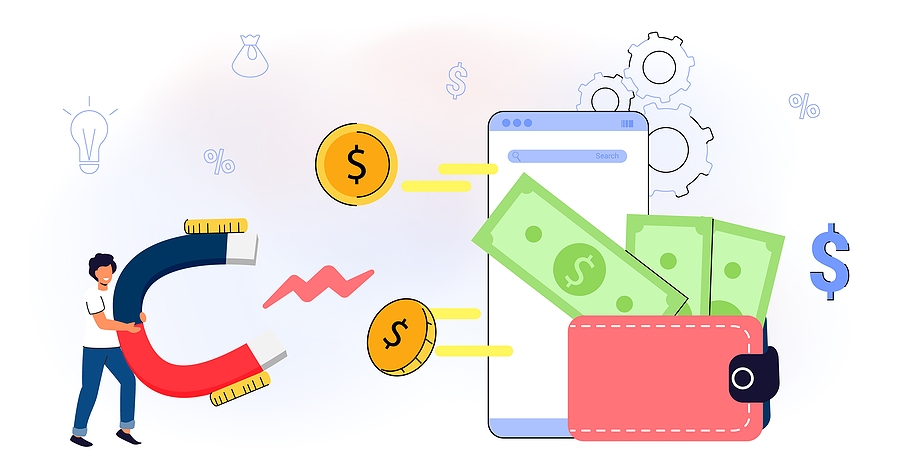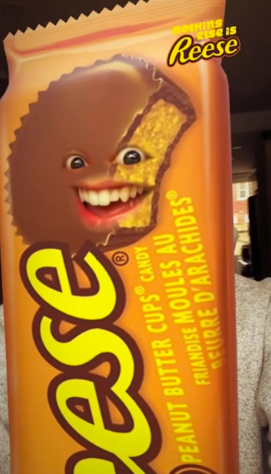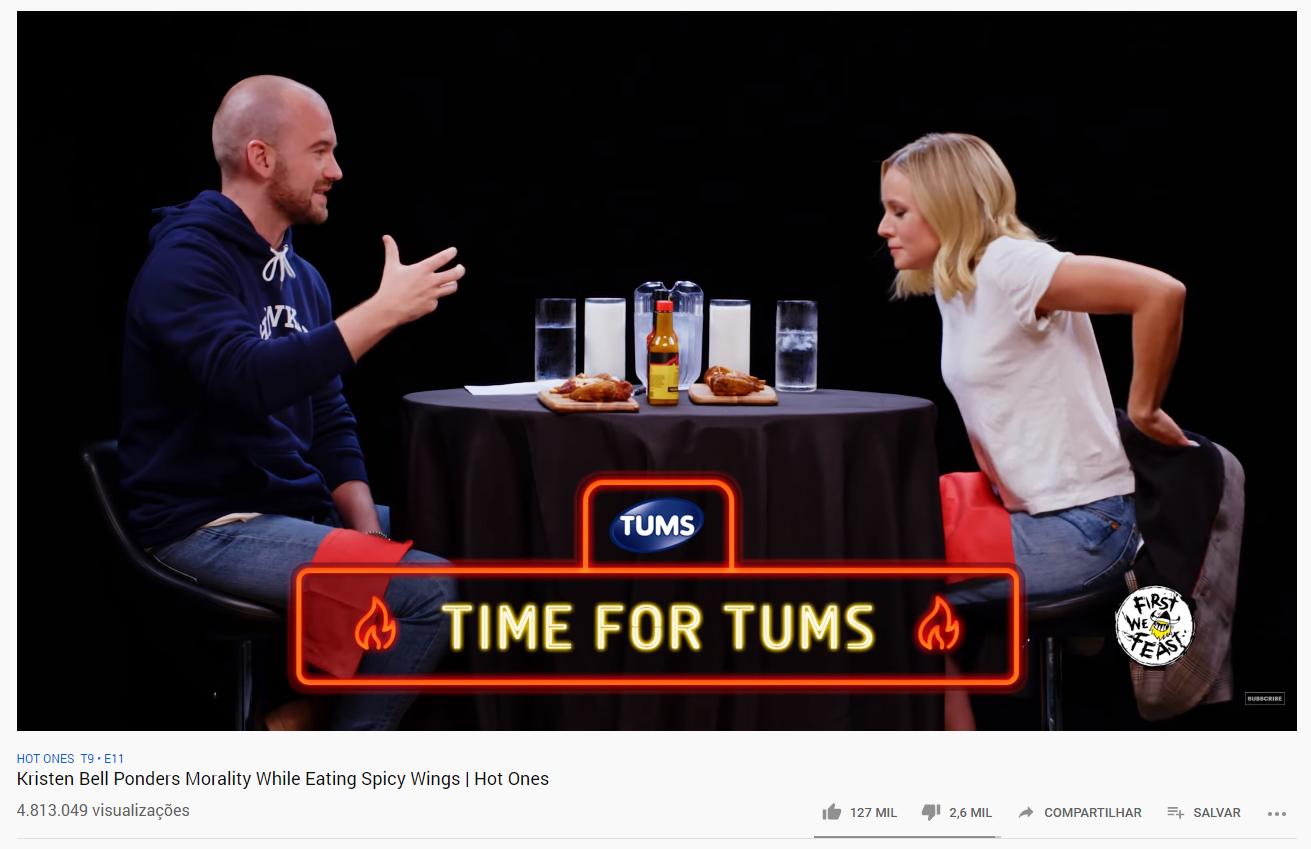How to Use Sponsored Content for Ecommerce Sales

Changing data collection policies and increasing consumer savvy have forced online retailers to get more creative with their advertising. But that’s not necessarily a bad thing. Rather than relying on traditional ads, brands that promote their products differently stand out from the competition and, more importantly, rake in the cash rewards.
One popular alternative advertising method is related to influencer marketing, a proven strategy that’s on track to drive $16.4 billion in sales in 2022. The tactic, sponsored content, leverages the same concept of consumer trust to encourage ecommerce sales. Sponsored content (also referred to as branded content) is quickly becoming a leading format in digital advertising, so it’s the perfect time to join the wave.
Here’s what online retailers need to know about sponsored content and how to use it for ecommerce sales.
What Is Sponsored Content?
In short, sponsored content is an ad paid for by one party and distributed by another. These ads don’t feel like ads, but rather are natural-seeming features of the digital landscape where they’re located. Think of a TikTok that features a popular influencer using a specific skincare regimen or an online recipe that uses a certain brand’s spice blends. The sellers of those products paid a separate “publisher” to create and distribute content around their products.
Sponsored content aims to educate, entertain or some combination of the two — and send shoppers to your online store. And research shows it’s working.
Why Use Sponsored Content?
As an online retailer, you already understand the power of word of mouth marketing. Statistics show 74% of consumers are influenced by word of mouth when making purchasing decisions. When you factor in the average shopper who casually mentions brands up to 90 times per week, there is serious potential for referral revenue at stake.
Sponsored content taps into the same consumer trust that makes word of mouth recommendations so compelling. It’s also more engaging than traditional ads, which today’s shoppers tend to ignore. Finally, it reaches higher-quality leads because the audience is already interested in content from the influencer or publisher you choose.
Take a look at these sponsored content statistics that paint the picture.
- Sponsored content is 22 times more engaging than standard display ads, based on time spent consuming the content.
- More than 70% of consumers want to learn about products through content.
- More than one-quarter of Millennial consumers (27%) use ad blockers.
- Sponsored content results in 86% higher brand recall than pre-roll advertising and 59% higher brand recall than other types of digital ads.
- 79% of consumers prefer in-feed ads to banners and other ads that interrupt their experience.
How to Use Sponsored Content for Ecommerce Sales
Using sponsored content to drive traffic for your online store can be lucrative if you execute it properly. Follow these steps to maximize your ROI and, ideally, create long-term partnerships that will skyrocket your sales.
- Find Partners That Make Sense for Your Brand
Before you approach the most sought-after influencers or the most popular media companies, think about your product catalog and your customer demographic. Quality is better than quantity here, so be sure to do your research. Who does a publisher target? What are their values? What are their interests? If there is alignment with a publisher, there is probably alignment with their audience as well.
- Develop a Detailed Execution Plan
Once you’ve established a partnership with a publisher, it’s time to determine how you want to bring this sponsored content to life. Budget and legal obligations are crucial details to address right away, along with any expectations you have for the publisher. This is also when to decide the best channels for distribution. Will the content be temporary, such as a Snapchat or Instagram story? Is it a video that will be displayed on a website’s homepage for two weeks? Is it an article that the publisher will email to a subscriber list? Establish clear expectations before any content creation begins to avoid any hiccups along the way.
- Create Content That Feels Natural
The content creation phase can take many forms, but it’s generally a collaborative process between e-tailers and their chosen publishers. You may want to give the creator some rough guidelines and then approve content before it’s published, or you may want to storyboard the content together before any creation begins. The most important part is to let the publisher stay on brand. Whether they stick to a certain tone of voice or visual aesthetic, keeping those elements will help the sponsored content feel natural.
- Launch, Track and Debrief
Launching sponsored content on your chosen distribution channels is far from the last step. Like with any other marketing campaign, it’s important to track performance. Did you see a significant uptick in traffic to your online store? Did your conversion rate improve? How many leads came from the publisher? These are the kinds of questions to ask during your debrief with your team. If everything went well, consider returning to the same publisher and running another sponsored content campaign. A long-term partnership can build even more trust with the creator’s audience.
Sponsored Content Examples We Love
Plenty of retailers are using sponsored content to their advantage, but these examples take the cake.
Hershey’s + Snapchat
Snapchat filters are a fun way to warp one’s appearance by distorting features or adding the infamous dog ears. Even when they’re branded, users love them. Hershey’s Snapchat campaign promoting Reese’s resulted in one million impressions and a 29-point lift in ad awareness.

Taco Bell, American Express and Starbucks are just a handful of other brands that have created sponsored Snapchat filters.
TUMS + Hot Ones
For those unfamiliar with Hot Ones, the wildly popular YouTube show features celebrity interviews as the interviewee eats increasingly spicy chicken (or cauliflower) wings. It was a clever place for antacid brand TUMS to promote a new “cooling” chewable to Hot Ones’ six million subscribers.

Eithad Airways + The Telegraph
British news and lifestyle publication The Telegraph published a foodie’s guide to Australian cities, sponsored by Eithad Airways. Because the airline could easily whisk travelers away to these destinations, the creative partnership made sense.

Share On:








